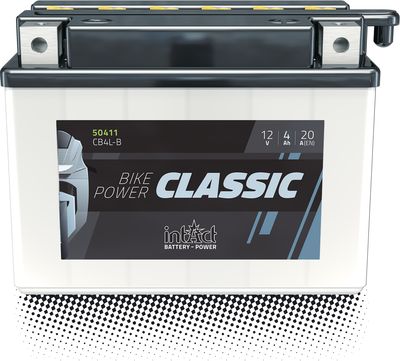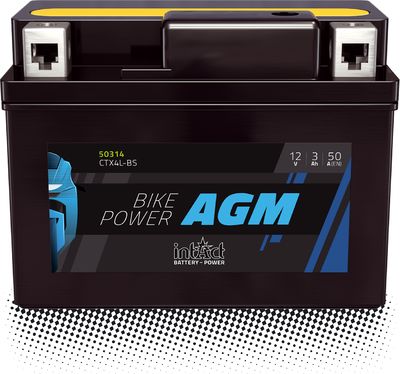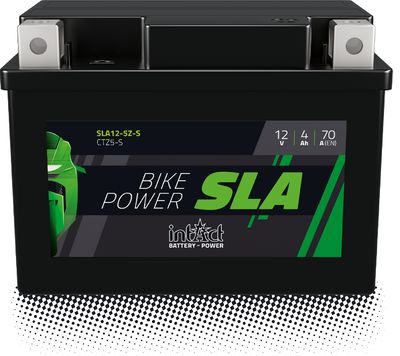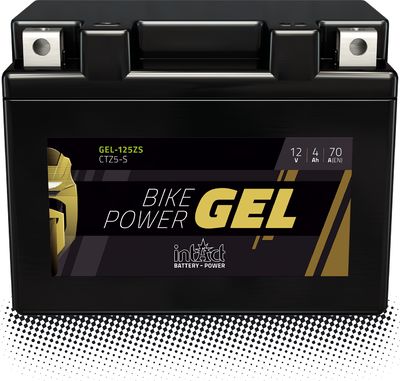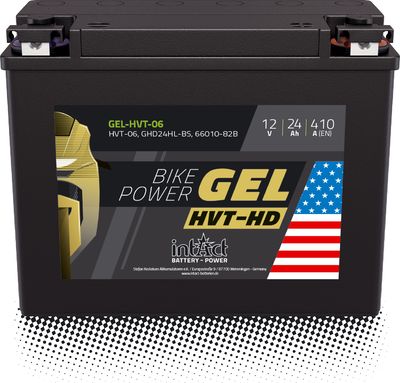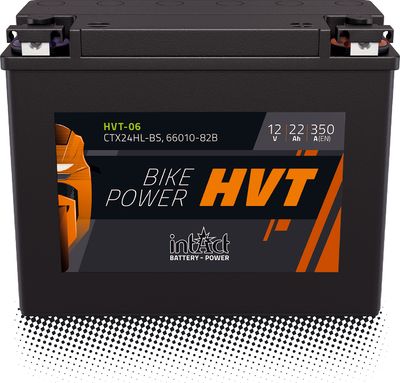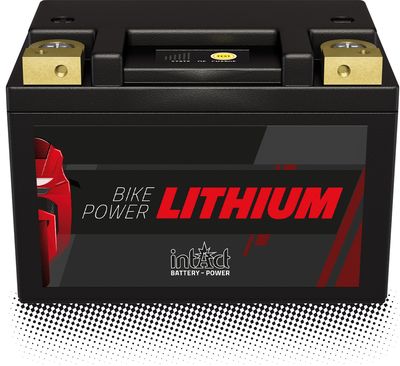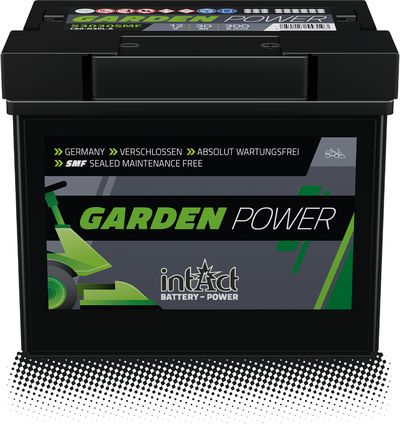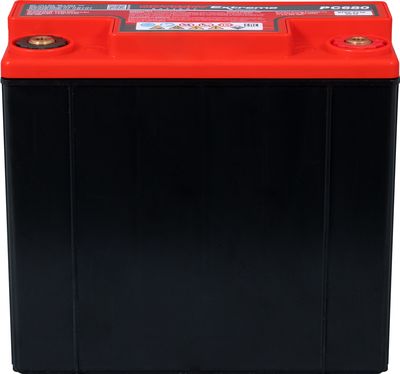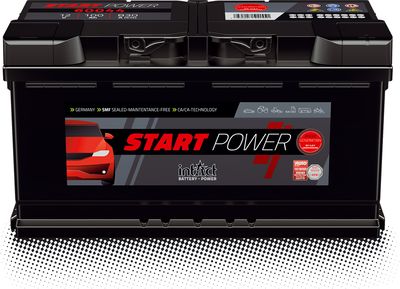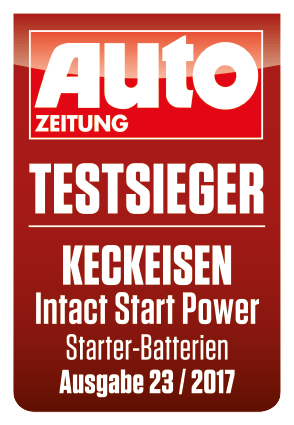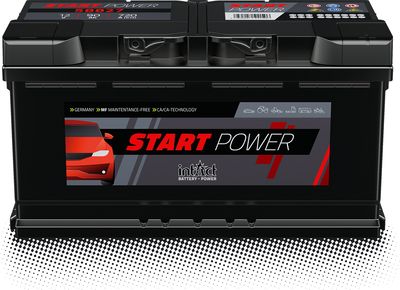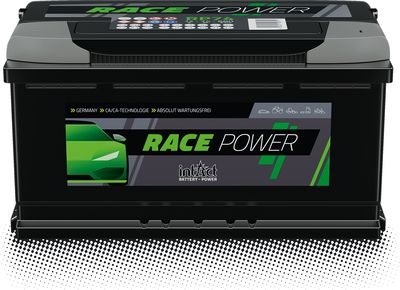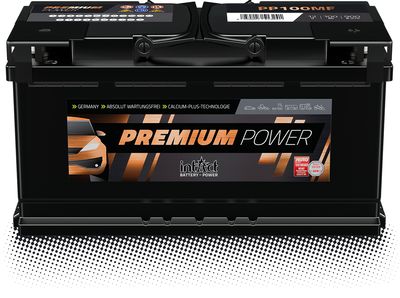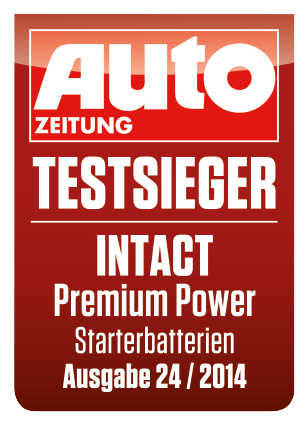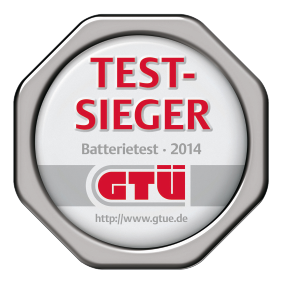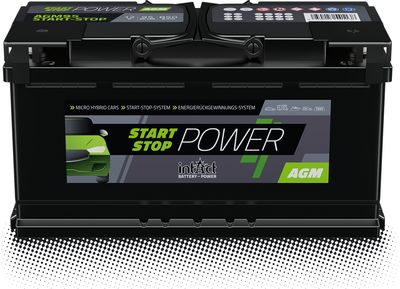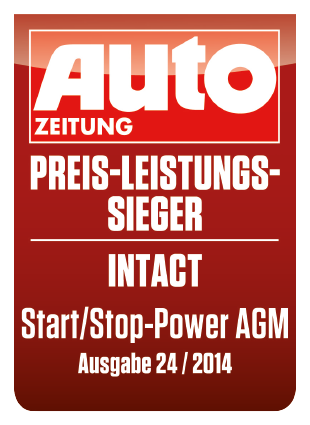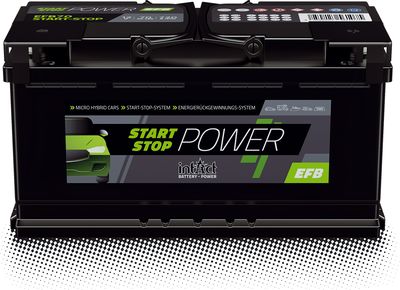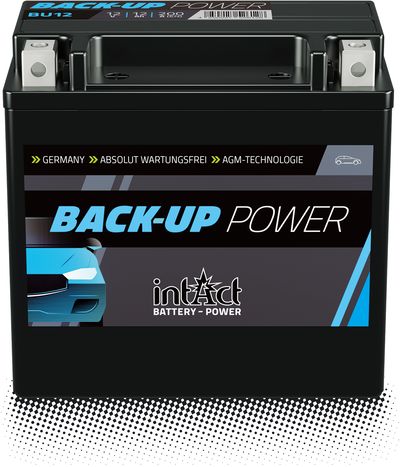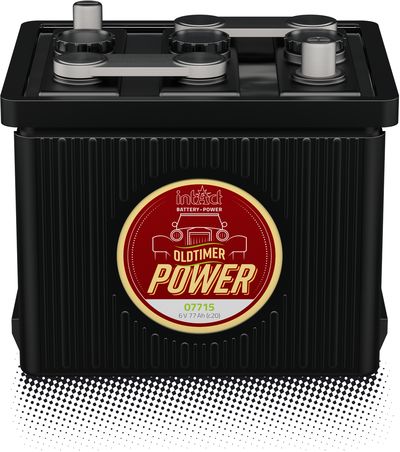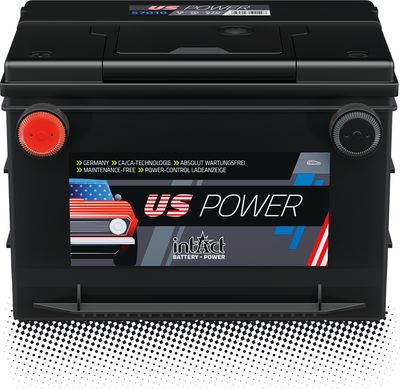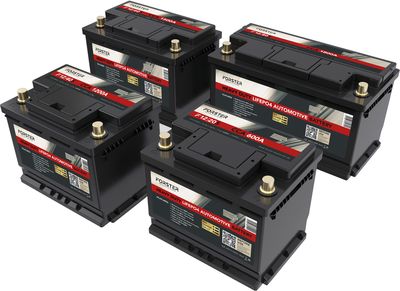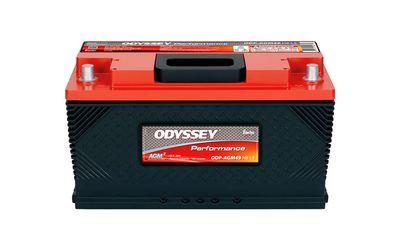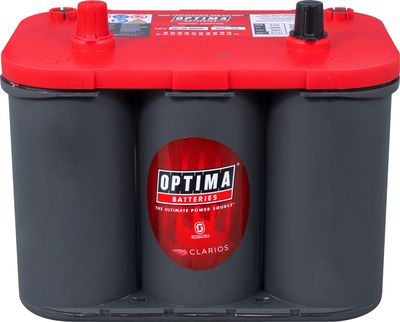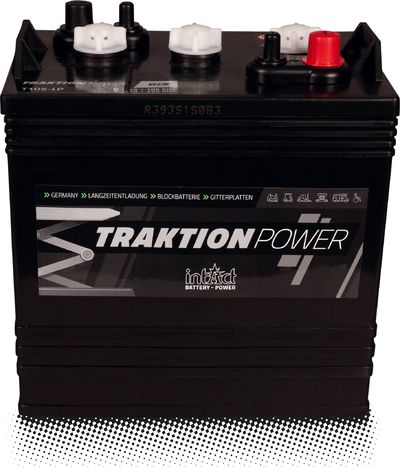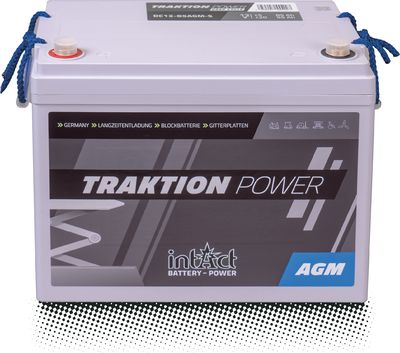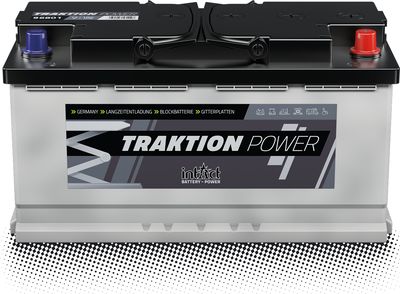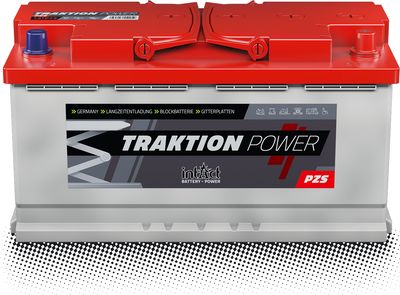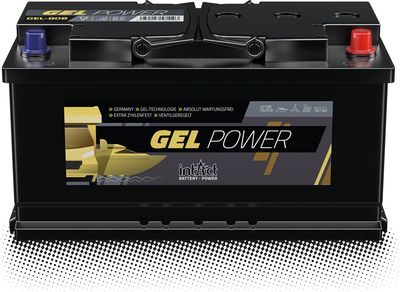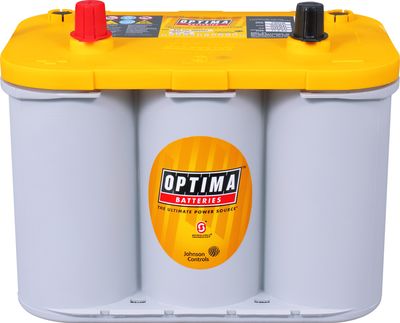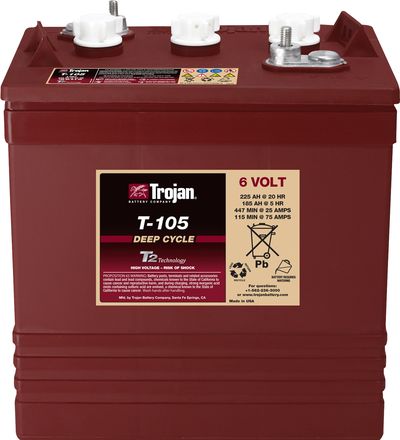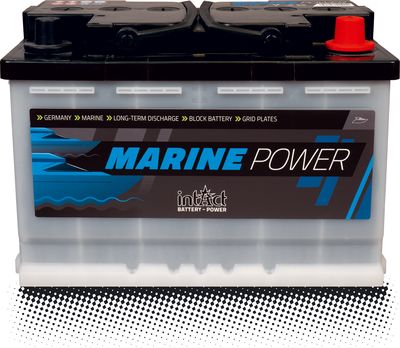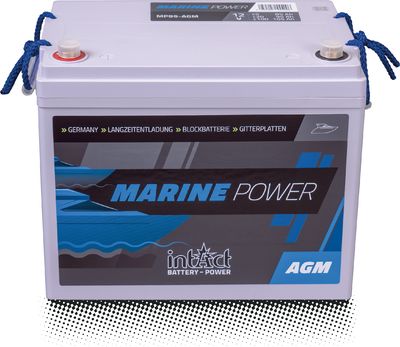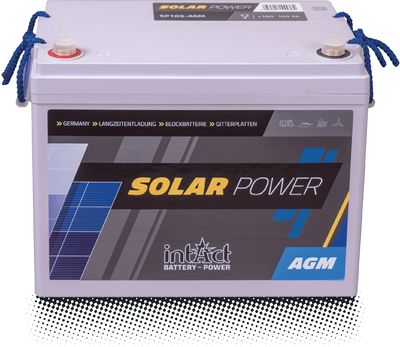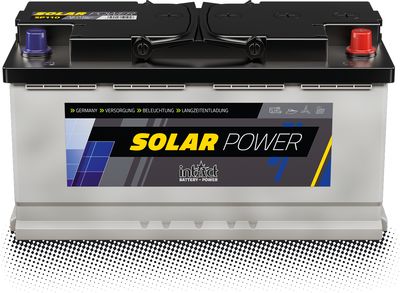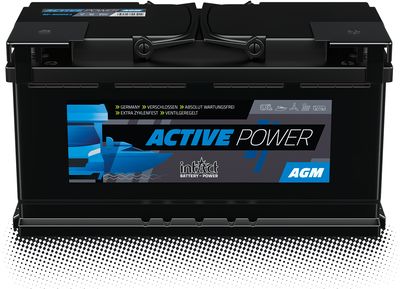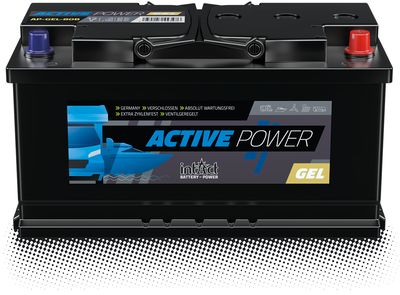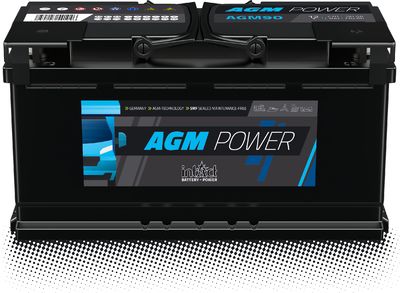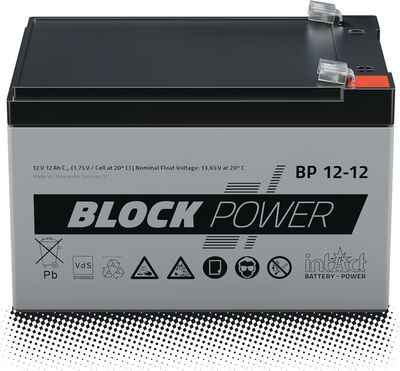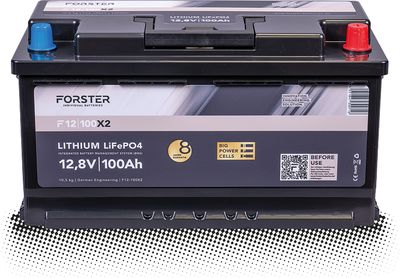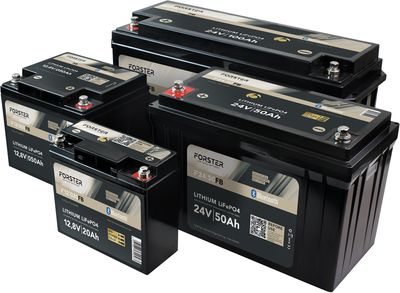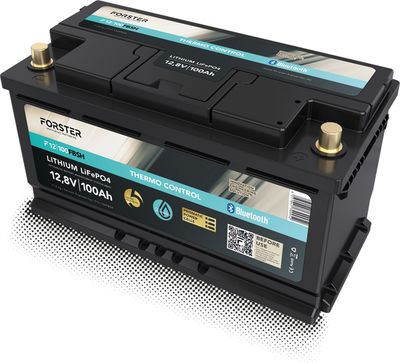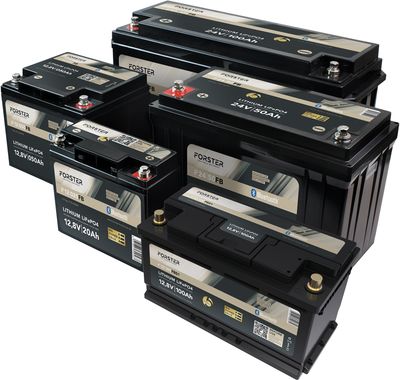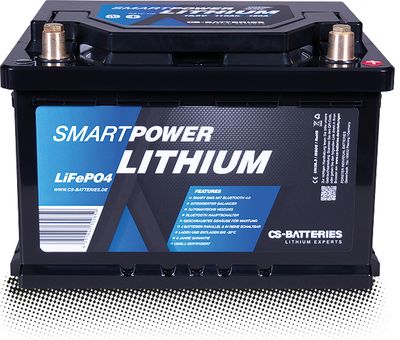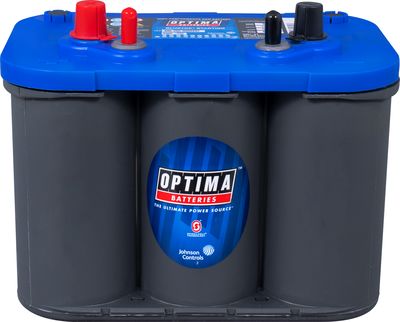Recognising and classifying battery damage
When the battery fails, it's annoying. Sometimes it's because of a faulty battery, sometimes it's because of the way you handle it. And only cause research and precaution helps permanently.
What is wrong with the battery can often be seen from the outside. …
Why should you charge wet batteries open?
Gases are produced during charging. As they rise, they mix the battery acid.
It is better for the battery if it is open during this process.
Important: This only applies to initial charging and to all batteries that can be opened. Never open a battery by force!
Ideally, batteries should be kept dry. Even slight moisture can promote leakage currents.
If you've noticed condensation on your battery frequently in the past, such as with temperature fluctuations, or water can get to your battery, it's worth considering …
Fluid evaporates in batteries during the chemical reaction to generate electricity, more so in a wet battery than in an AGM or GEL battery where the acid is fixed in non-woven or as GEL respectively. Unlike these sealed batteries, the vapor in the sealed …
Supply batteries with armoured plates
Wet deep-cycle batteries in armoured plate or tubular plate technology are designed for the most severe loads. Due to their structure, the tubular plates used provide a larger surface area compared to grid plates and thus more active mass for the chemical …
How does a melted pole occur?
A melted pole is caused by a short circuit when the battery polarity is reversed during bridging or when the poles are connected by a tool or other object.
Tip: Take care when handling batteries.
Learn more about short circuit and how to avoid it.
Determine excessive self-discharge
If the battery charge drops significantly, possibly overnight, this may be due to leakage current. Silent, unwanted loads can be detected with an ammeter. Oils or liquids deposited on the surface of the battery can also cause considerable self-discharge. …
The plates in a battery will corrode if they are not completely covered by battery water.
Reasons for corrosion Sealing damaged before filling in dry pre-charged batteries Closed, low-maintenance batteries such as the intAct Bike-Power Classic are dry …
The difference between low maintenance, maintenance free and absolutely maintenance free.
Low-maintenance, flooded lead-acid batteries lose fluid during normal use. They must be maintained, i.e. the fluid level should be checked regularly and the fluid loss compensated with distilled water if necessary. These batteries usually have vent caps …
What do deposits on the battery plugs mean?
Black deposits on the plugs indicate a battery that has worn out prematurely due to continuous excessive load.
Tip: Always ensure a good balance between current drain and charging.
Information on capacity calculations and charging behaviour can be found …
